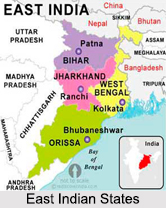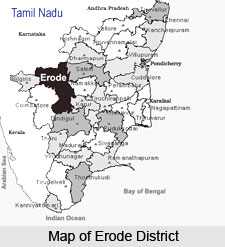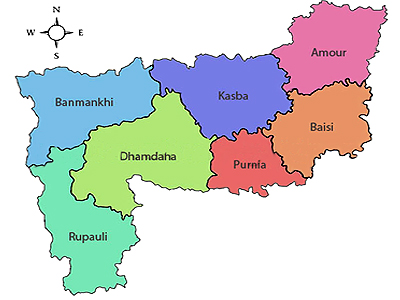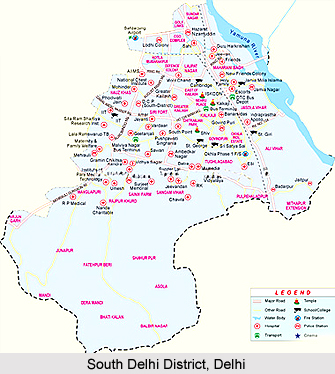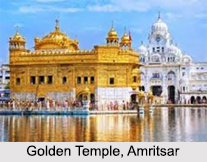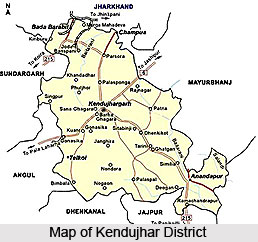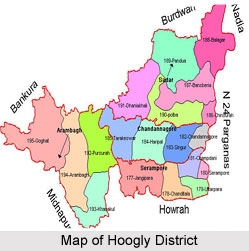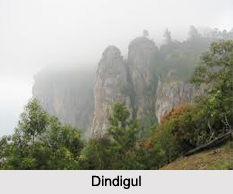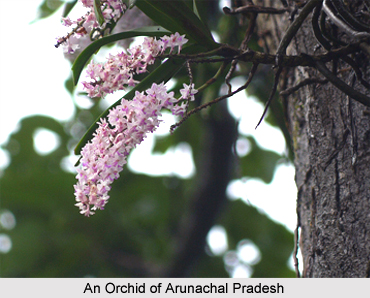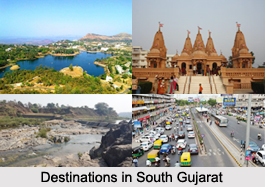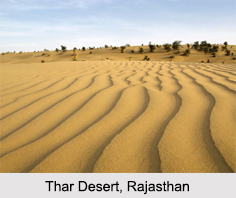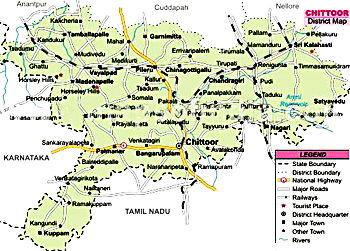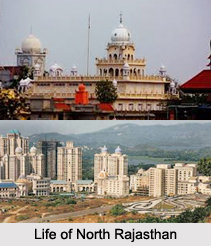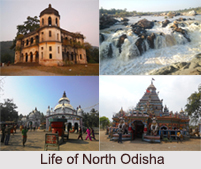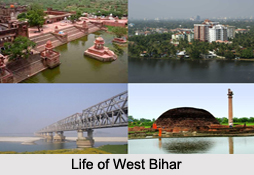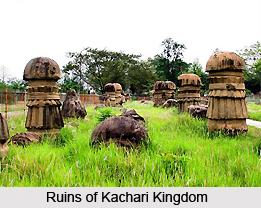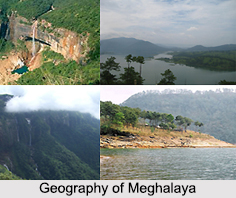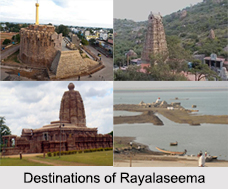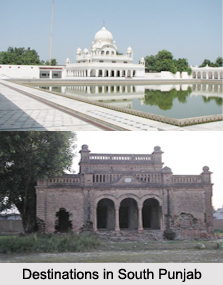Battle of Bagroo took place between the two sons of Maharaja Sawai Jai Singh of Amber, Ishwari Singh and Madho Singh. Trouble cropped up when Madho Singh, being the younger son, claimed the throne after the maharaja"s death. Suraj Mai, the trusted ally of the maharaja, in order to fulfill his beloved patron"s dying wish stood faithfully by his eldest son Ishwari Singh who was the rightful heir to the throne. A battle of succession, thus, ensued on 20th August 1749 at Bagroo, a town on Ajmer-Agra National Highway, about 18 miles northwest of Jaipur.
Alongwith Ishwari Singh Suraj Mai left Kumher with ten thousand handpicked cavalrymen, and two thousand troopers and spear bearers. His contingent consisted of Jats, Gujars, Ahirs, Meenas, Rajputs and Muslims. In order to sweep Ishwari Singh off the throne, Madho Singh was backed by Malhar Rao Holkar, Gangadhar Tantia and the Maharana of Mewar who advanced upon Jaipur with a huge army of Marathas, and Shisodias swelled by Rathore and Hada contingents from Jodhpur and Kota.
The combat was quite unequal with seven confederated rulers combining against one prince. The army of Amber was led by Shiv Singh, the valiant chief of Sikar; Suraj Mai was posted in the centre, and Raja Ishwari Singh himself commanded the rear. The war began with the death of the brave lord of Sikar, thus, making things more complicated for the Amber army. Maratha chief, Malhar Rao, sent Gangadhar Tantia with a strong objectivity to attack the forces under the command of Raja Ishwari Singh. He threw the rear division into confusion and pressed forcefully upon the artillery posted in the centre. The gunners were cut down and the cannon spiked. Raja Ishwari Singh was helpless and resorted to his last hope Suraj Mai, to charge Gangadhar. Without a moment"s delay, the brave Suraj Mai fell upon the advancing stronger enemy. In that supreme hour of peril, the Jat chief fought with superhuman valour which saved the day for Ishwari Singh and made him a hero in the whole of Hindustan. Suraj Mai triumphantly led back the army of Amber, after having snatched a victory from the jaws of defeat.
Suraj Mai`s courage reigned supreme in the face of adversity. Though he was almost alone in Bagroo battle but his aura of excellence and bravery bludgeoned every wave of enemy attack. The Holkar proposed peace and Madho Singh had to satisfy himself only with the five parganas given to him.
